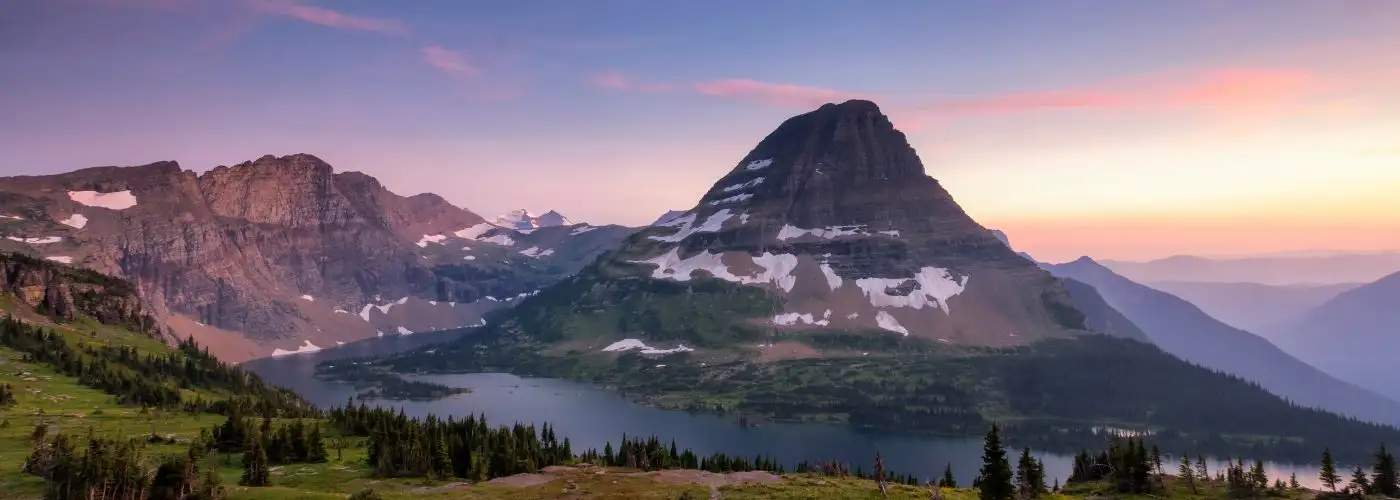As you work your way through your list of places to see before you die, consider flagging a few as urgent. These 10 iconic coral reefs, glaciers, low-lying islands and other gorgeous natural wonders are disappearing at an alarming rate.
Editor’s Note: Save these trips for when travel is safe again, and be sure to follow all travel restrictions and laws at your destination.
Natural Wonders That Won’t Be Around Forever
Read on to learn the stories of these wonders of the world, and get ideas about how to explore them before they’re gone.
Glacier National Park, Montana
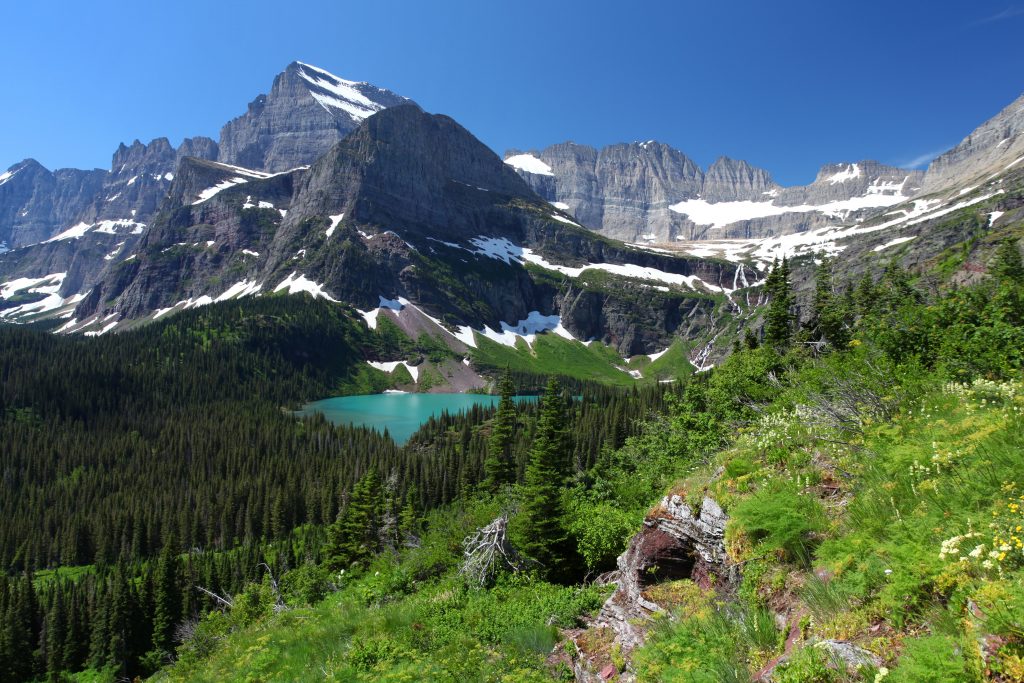
In 1850, more than 150 glaciers capped the peaks in Montana’s Glacier National Park. Only 26 are left today. Of those still in existence, some have retreated as much as 85 percent over the past 50 years, according to a recent study from the U.S. Geological Survey. Global warming continues to take its toll on glacier mass—mean annual temperatures are up 1.33 degrees Celsius since 1900. It might sound like an insignificant uptick, but it’s enough of a shift to impact park ecosystems. Without glaciers and their continual meltwater running into streams, the streams get too warm in summer for some aquatic insects to survive. When those die off, it disrupts the food chain for the native bull trout population.
If you go: Hike the trails on Many Glacier for a great view of the waterfalls and alpine lakes that characterize this closer-to-home wonder of the world. The best place to see a glacier from the road is at Jackson Glacier Overlook on the Going-to-the-Sun Road. Watch for mountain goats and Bighorn sheep near Logan Pass.
Amazon Rainforest, South America
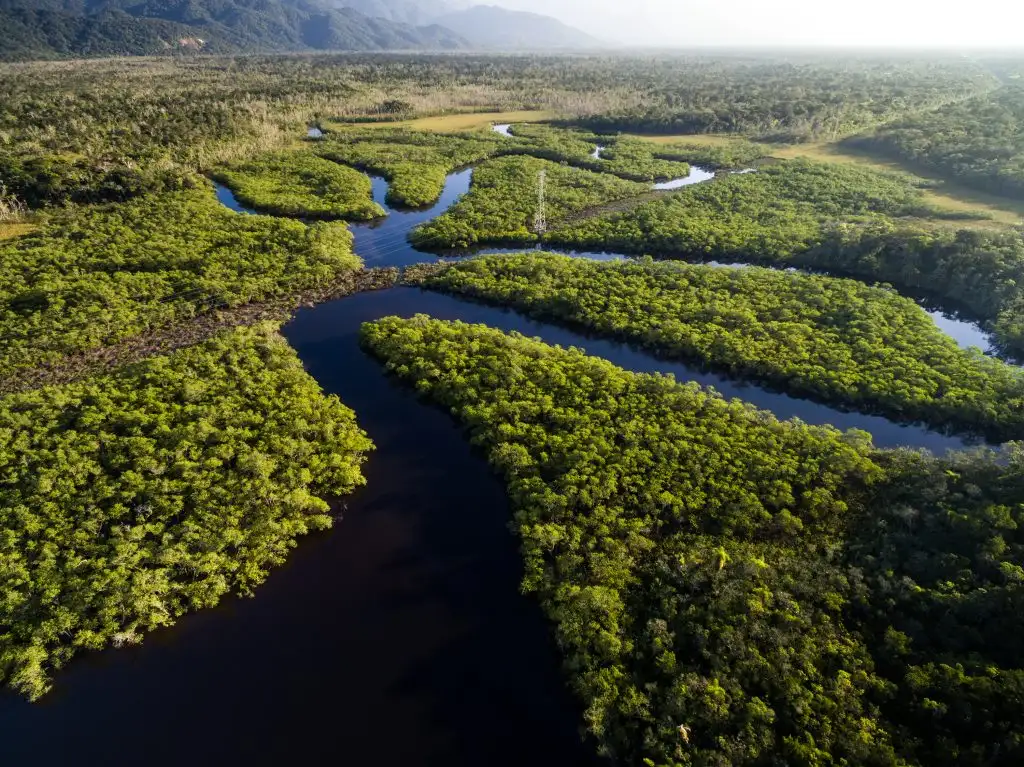
Spanning nine countries in South America, the Amazon Basin holds about half of the world’s tropical rainforests. If you laid the Amazon rainforest over the 48 contiguous United States it would cover 70 percent of the country. Unfortunately, about 17 percent of that rainforest has been lost in the last 50 years, mostly to cattle ranching, according to the World Wildlife Fund. So large is the rainforest that the wellbeing of the planet depends on the health of the Amazon, which stabilizes global climate. Deforestation releases significant amounts of the Amazon’s 90-140 billion metric tons of carbon, potentially causing devastating consequences to the earth’s water cycle. When trees are cut down, not only is carbon dioxide released, but less is absorbed going forward. The Nature Conservancy compares it to opening a forgotten container of leftovers in the fridge … except on a global scale.
If you go: You can go deep into the rainforest on the Amazon Conservation Association’s Manu Cloud Forest Canopy Walkway slung between trees at dizzying heights of up to 144 feet.
Monarch Butterfly Biosphere Reserve, Mexico
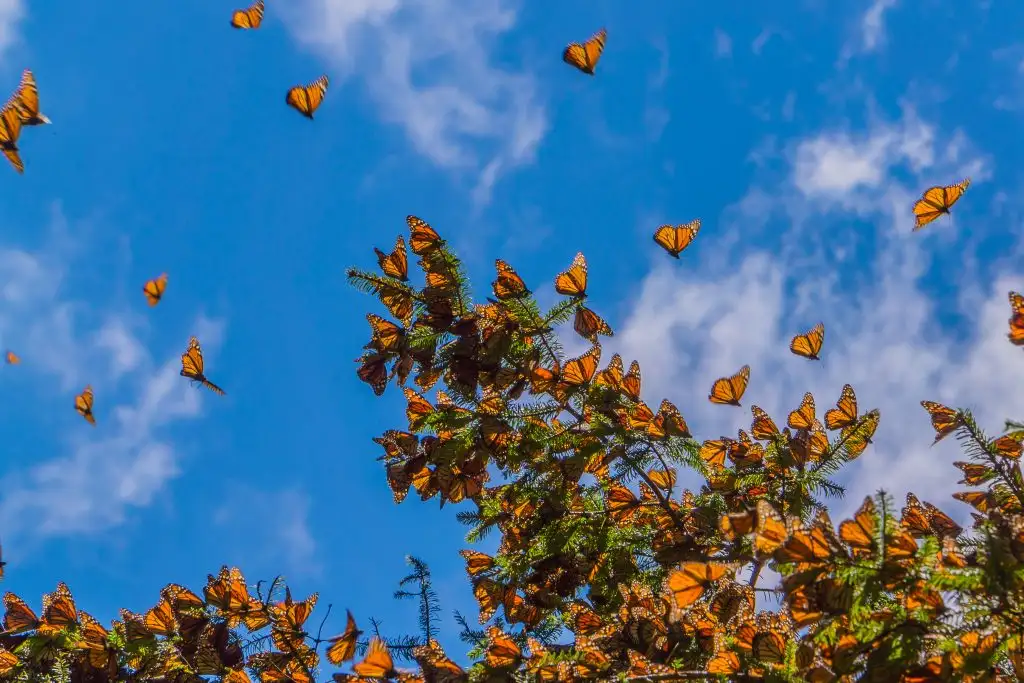
About a 2.5-hour drive west of Mexico City, you’ll find a great wonder of the world: The planet’s only place to see millions of migrating monarch butterflies in a single spot. After a 3,000-mile journey to Canada and the U.S., they return each year to overwinter in the fir forests of the Monarch Butterfly Biosphere Reserve. But deforestation in Mexico, climate change, and habitat loss along their migratory route are endangering the migrating subspecies. According to a 2015 report by UNESCO, the area of forest the butterflies cover in their winter home is the second lowest it has been since monitoring began in 1993. The habitat surrounding their reserve is at risk—it is being illegally deforested and replaced with groves of avocados, a high-yield cash crop.
If you go: Hire a local guide to take you by bike or horseback along a forest trail to a remote part of the butterfly reserve. January and February are the best times to see the monarchs clustering in such massive quantities that they weigh down the boughs of fir trees in quivering heaps.
Mesoamerican Barrier Reef; Mexico, Belize, and Honduras
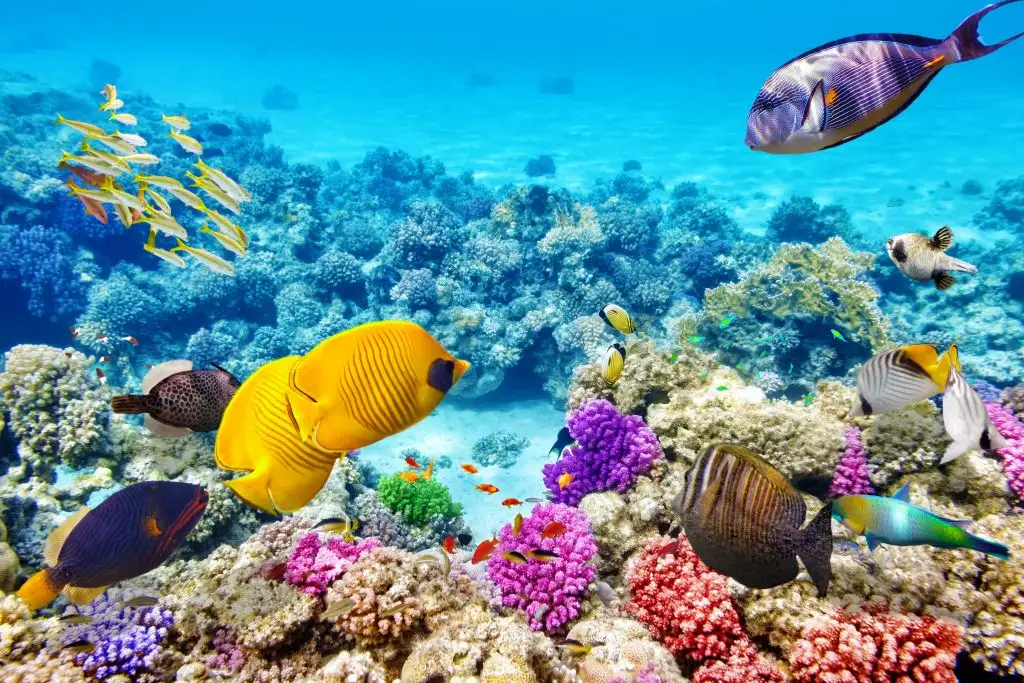
You might not have heard of the Mesoamerican Barrier Reef, but if you’ve snorkeled in Cancun, Playa del Carmen, or elsewhere along the Caribbean coast of Central America, then you’ve likely already visited this natural wonder. The Mesoamerican stretches 600 miles from Mexico’s Yucatan Peninsula through Belize and Honduras. It’s the world’s second largest barrier reef, and the color is slowly draining from it. The Belize section is a protected UNESCO World Heritage site and one of the 54 sites on UNESCO’s “in danger” list. Rising ocean temperatures have caused mass bleaching of the coral. When temperatures rise even slightly, the corals expel the algae that lives in coral tissues, which causes them to turn completely white and become susceptible to disease and death. Overfishing, pollution, potential offshore oil drilling, and changes in the water’s pH are other threats cited by the Nature Conservancy.
If you go: Viator’s Belize tour offers snorkeling in protected areas of the coral reef. See manta rays, sea turtles and the occasional manatee on a night snorkeling tour.
White Cliffs of Dover, Great Britain
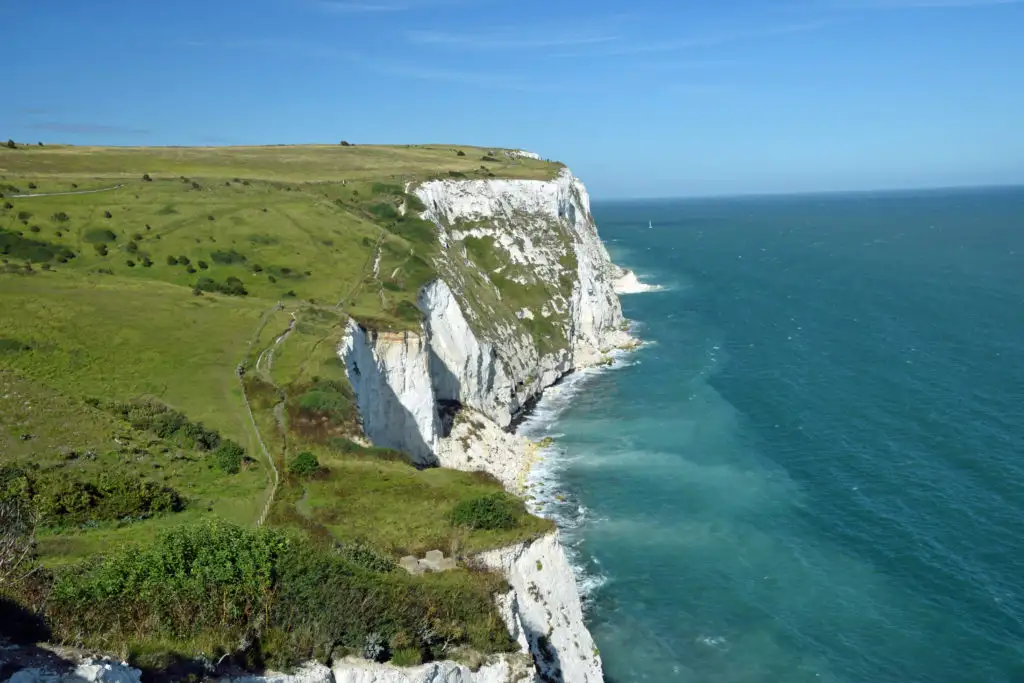
The iconic white cliffs of Dover are slipping away at an alarming rate. The rare cliffs, exposed to the weather and battered by storm waves, are retreating at a rate 10 times faster in the last 150 years than they did in the 7,000 years prior. Each year eight to 12 inches calve from the soft-cliff coastline of this natural wonder and tumble down to the beach below, according to a 2016 report. What’s to blame for the accelerated erosion? The research team suggests thinning cliff-front beaches play a role. The dynamic is exacerbated by rising sea levels and increased storm intensity due to global warming.
If you go: Hike the trails that wander surprisingly close to the cliff edge. From the top you’ll see the nearby ferries crossing between England and France. You can also view this natural wonder from below on a boat tour.
Great Barrier Reef, Australia
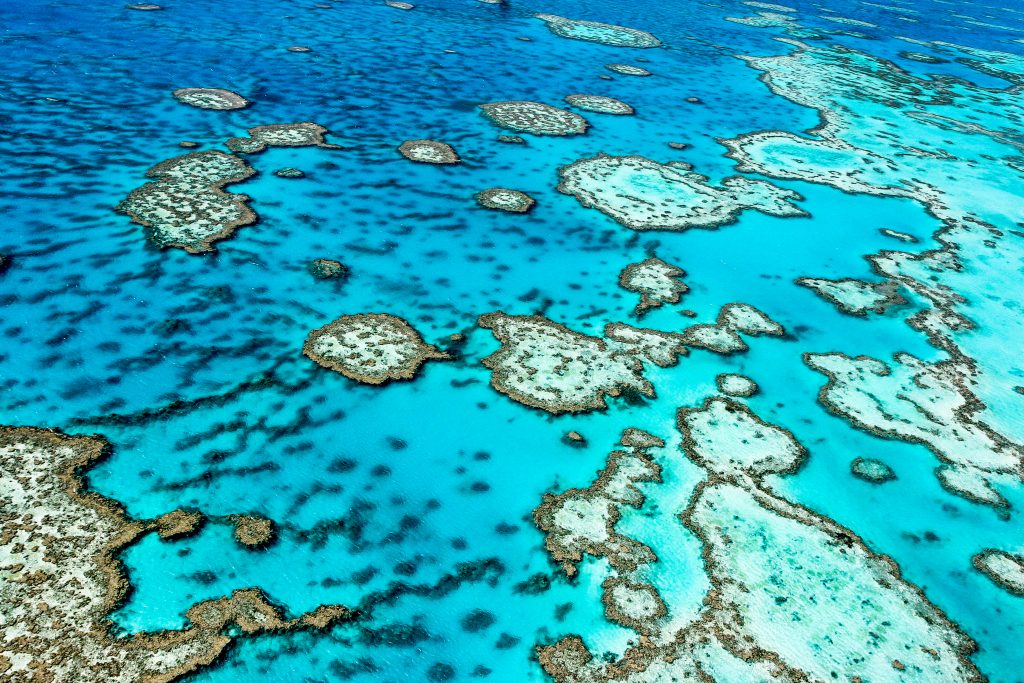
The only living thing visible from space, the Great Barrier Reef is a true natural wonder—the world’s largest coral reef ecosystem, stretching 1,240 miles along Australia’s northeast coast. More than 400 types of coral and 1,500 species of fish live here. But by the end of the century, this World Heritage site could be gone. In the past three years, soaring ocean temperatures have caused some of the worst bleaching ever observed at the Great Barrier Reef, according to the UNESCO’s 2017 Impacts of Climate Change on World Heritage Coral Reefs scientific assessment. Greenpeace estimates that nearly a quarter of the reef’s coral died in 2016 alone. UNESCO’s report warns that if business-as-usual emissions continue, this and other reefs on the planet will cease to exist as functioning ecosystems in the next 100 years.
If you go: Take a snorkeling tour to see the annual coral spawning, or the large green turtle, which is threatened with extinction. Humpback whales migrate through these waters from June through October.
The Dead Sea, Israel
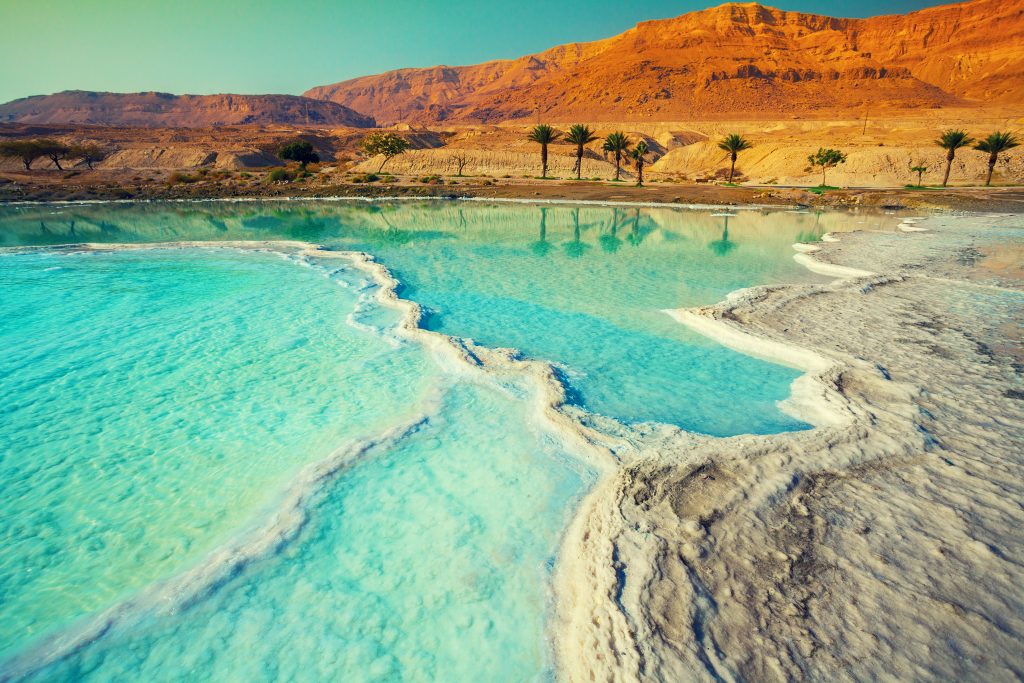
Since ancient times, the Dead Sea has been a place of healing and relaxation, where people come to float in therapeutic, super-buoyant waters that are more than eight times saltier than the ocean. Some experts believe this natural wonder could disappear completely within the next hundred years. Water levels are dropping at a rate of about three feet per year, and have fallen more than 82 feet since the 1970s according to the World Wildlife Fund. The waters that used to lap near the doorstep of resorts are now a mile in the distance—with thousands of massive sinkholes in between. A big part of the problem is that the inflow from this lake’s main tributary, the Jordan River, has been reduced to only five percent of the original volume. Bordering countries Israel and Jordan siphon the water for drinking, agriculture, and mineral mining.
If you go: Cover yourself in the mineral-rich mud and let the water (30 percent salt) buoy you. There’s no way to sink even if you try.
Islands of the Maldives
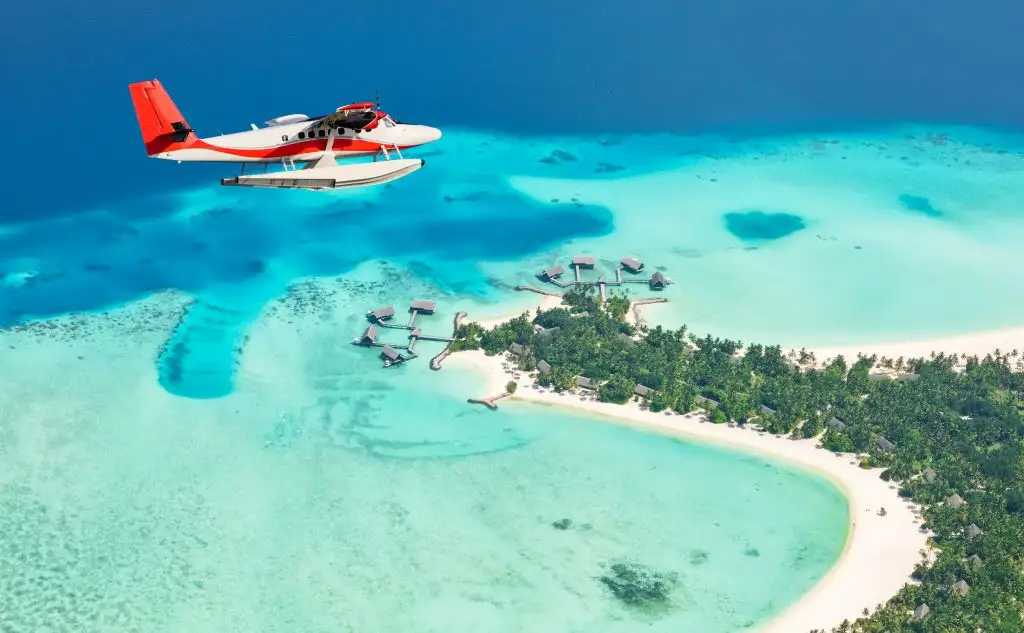
Off the southern coast of India, this tropical nation of 26 atolls and more than 1,000 coral islands is known for its white powder beaches, coral reefs, and unrivaled luxury. For now. The low-lying islands of the Maldives are slowly being swallowed up by rising sea levels. As carbon emissions increase and ice sheets melt, rising sea levels have begun to submerge this beautiful natural wonder, whose highest point is only eight feet above the water. Maldivians live with the constant danger of being forced to evacuate their homeland, writes Trevor Greene in his book There Is No Planet B: Promise And Peril On Our Warming World. He says the nation could be reduced to a network of “interesting new reefs” by 2112. The die-off of coral reefs that supply food and income for islanders may happen even sooner.
If you go: Take a charter on a dhoni (pole-and-line fishing boat) and learn how pole-and-line fishing sustains healthy fish stocks that are wiped out by net fishing.
Sundarbans Mangrove Forest, India and Bangladesh
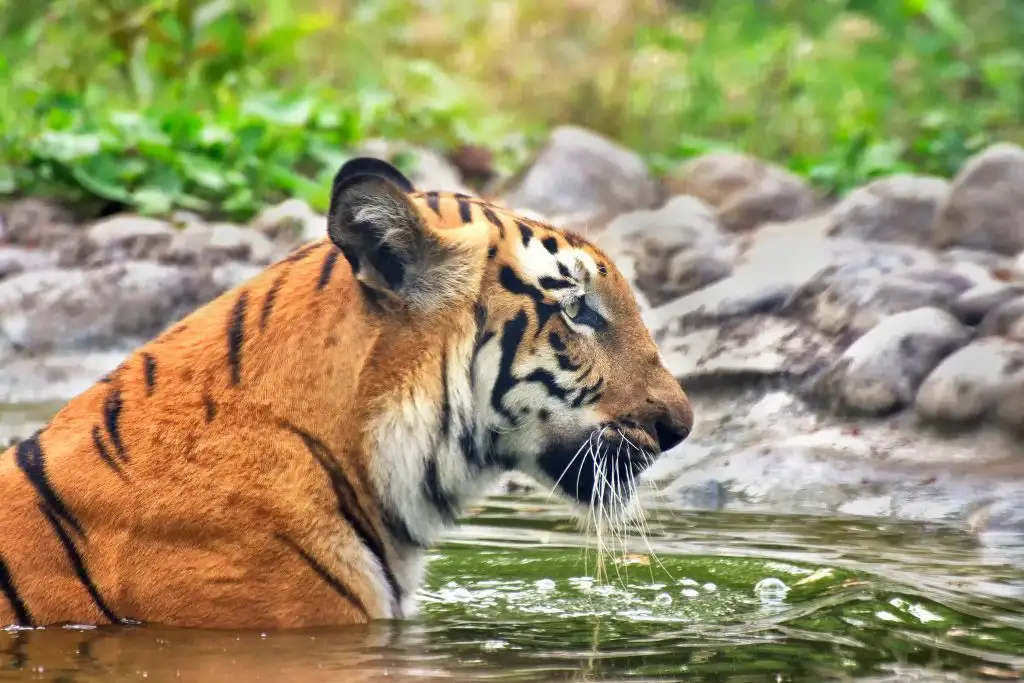
Where India’s Ganges River spills into the Bay of Bengal lies a tidal delta swamp with endless labyrinths of river channels and the world’s largest mangrove forest. This UNESCO World Heritage site is a rich ecosystem with exceptional biodiversity. Numerous endangered species, including the Royal Bengal Tiger and Ganges River Dolphin, breed in the Sundarbans. Climate change is now threatening this natural wonder. According to a 2016 study by World Bank Group, the most significant challenge is increased saltwater intrusion from rising sea levels. Tidal surges are so dramatic (up to 24 feet high) that up to a third of the Sundarbans get submerged every day, creating an ecosystem in which the mangroves aren’t getting enough fresh water. Other threats include increasingly intense cyclones, illegal hunting, harvesting of mangrove timber, and agricultural encroachment.
If you go: Track tigers on a boat trip through the narrow river channels of this natural wonder. Even if you don’t spot one, you’ll likely see wild boar, monkeys, and reptiles. Multi-day tours depart from Khulna in Bangladesh.
Arctic National Wildlife Refuge, Alaska
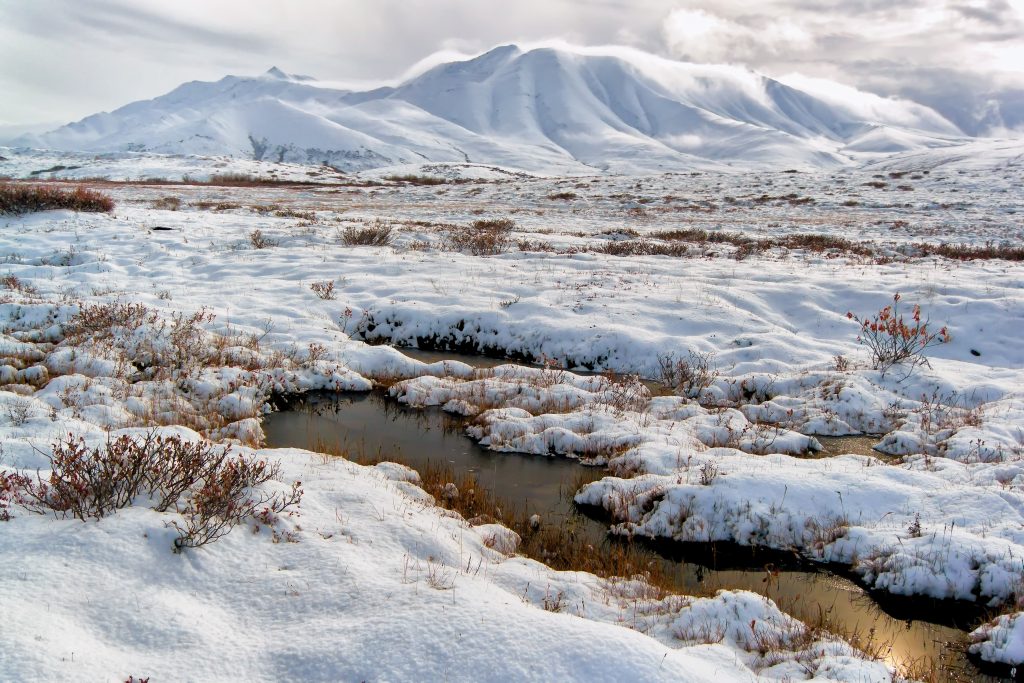
Polar bears and walrus depend on the Arctic’s sea ice for hunting grounds. The rest of the earth depends on the ice and permafrost to act as a global “air conditioner” to regulate climate. But the Arctic is warming twice as fast as the rest of the world, according to Dan Ritzman from the Sierra Club’s Our Wild America campaign. He says the effects can easily be seen in northeast Alaska’s Arctic National Wildlife Refuge, the most biodiverse place in the Arctic Circle and the calving grounds for the Porcupine Caribou herd. There’s less water now and sea ice is disappearing. At the same time, oil drilling is pushing in, with the newest expansion only about 12 miles from the edge of the refuge.
If you go: The Sierra Club recommends visiting the refuge’s Aichilik River delta in mid-June to see the caribou and sea ice. An alternative: World Wildlife Fund and Natural Habitat Adventures offer polar bear expeditions in Churchill, Manitoba.
More from SmarterTravel:
- 12 Ways to Travel Sustainably and Still Have a Great Vacation
- 10 Unforgettable Places to Sleep in National Parks
- The World’s 12 Most Walkable Cities
Jamie Moore is a regular contributor to SmarterTravel. Her articles have appeared on USA Today, Yahoo Travel, Huffington Post, and WestJet.
Editor’s note: This story was originally published in 2017. It has been updated to reflect the most current information.
We hand-pick everything we recommend and select items through testing and reviews. Some products are sent to us free of charge with no incentive to offer a favorable review. We offer our unbiased opinions and do not accept compensation to review products. All items are in stock and prices are accurate at the time of publication. If you buy something through our links, we may earn a commission.
Related
Top Fares From
Today's Top Travel Deals
Brought to you by ShermansTravel
Greece: 9-Night Vacation, Incl. Meteora &...
Exoticca
 vacation
$2099+
vacation
$2099+
New Year Sale: Luxe, 9-Nt Alaska...
Oceania Cruises
 cruise
$3599+
cruise
$3599+
Ohio: Daily Car Rentals from Cincinnati
85OFF.com
 Car Rental
$19+
Car Rental
$19+
